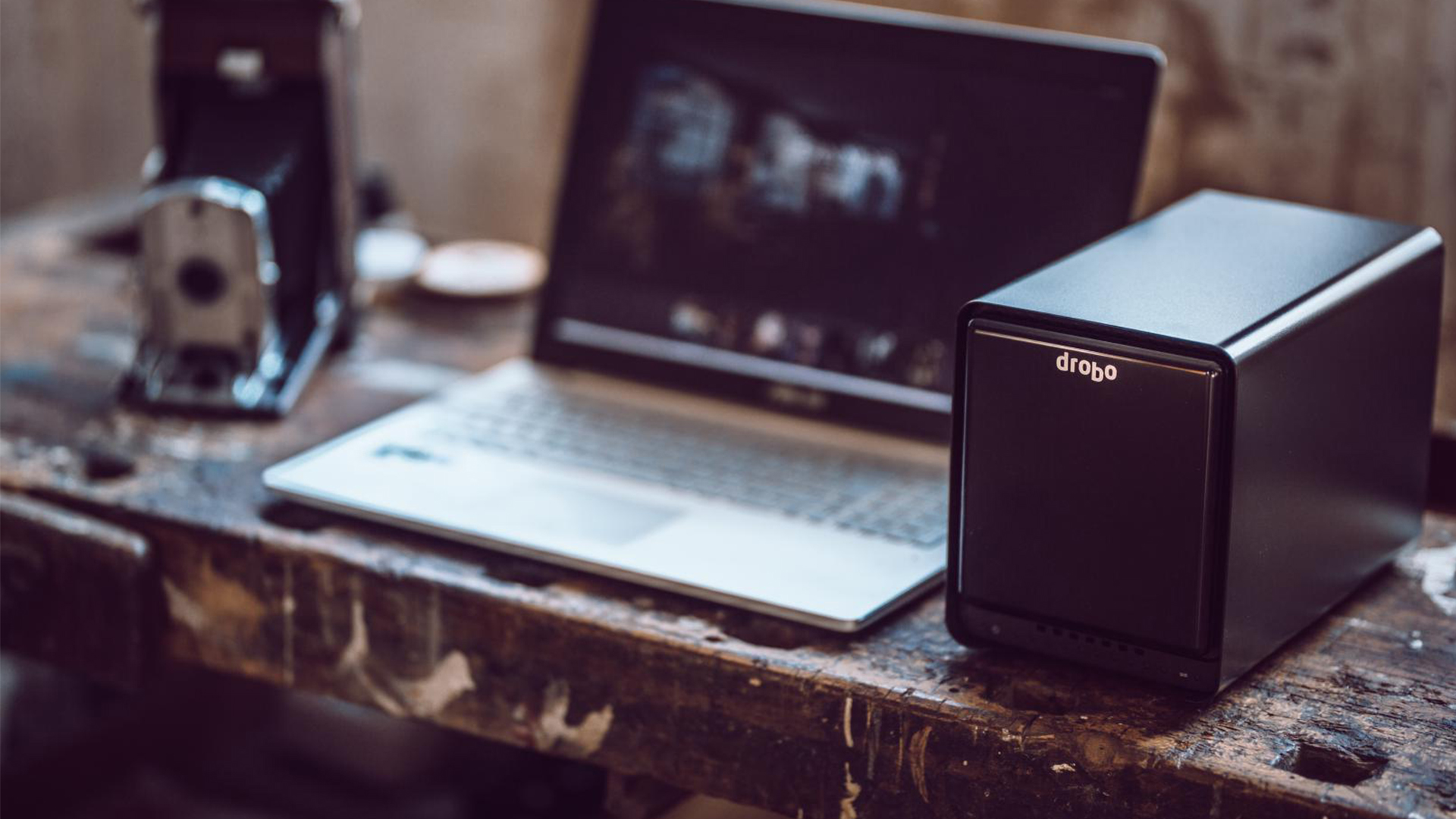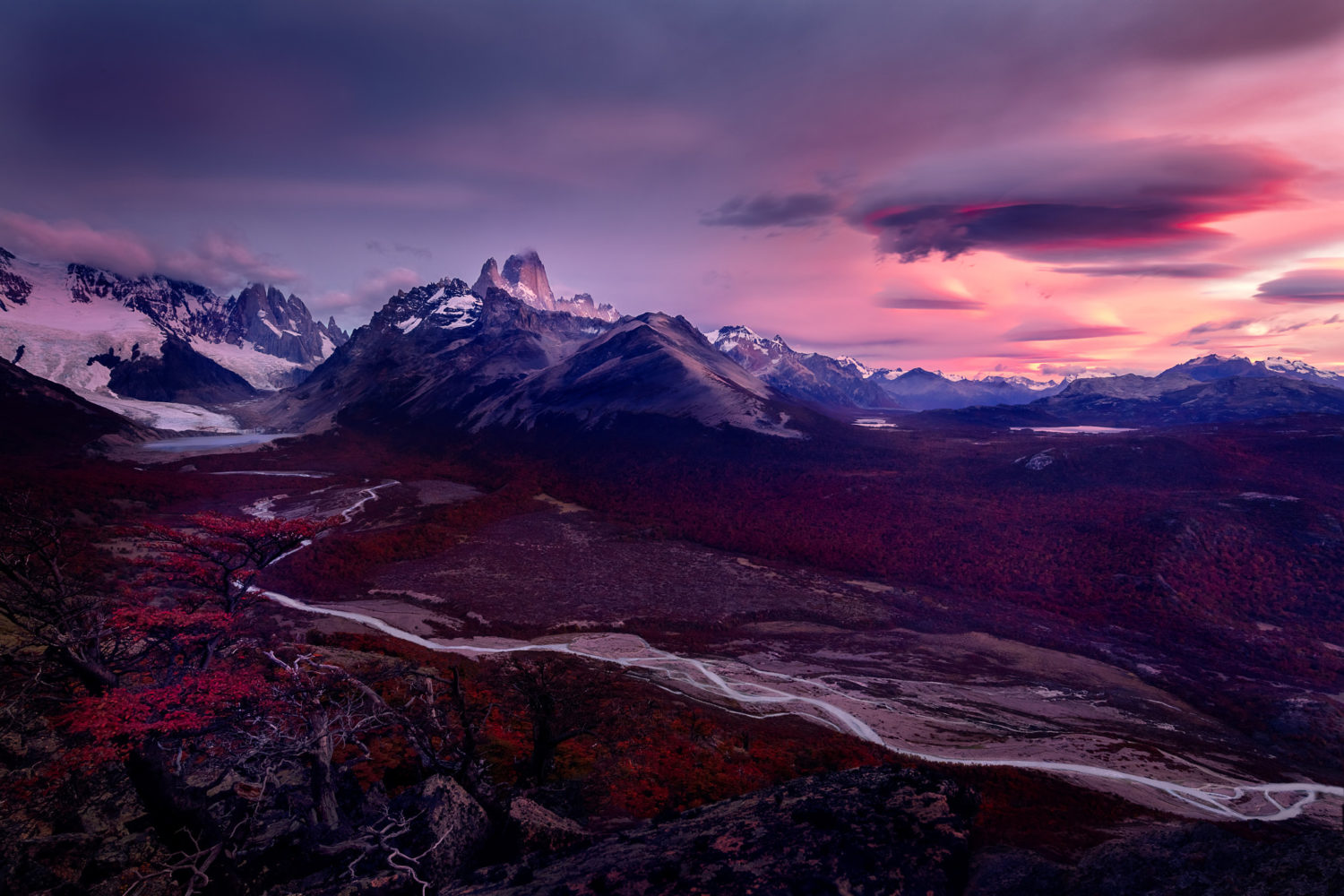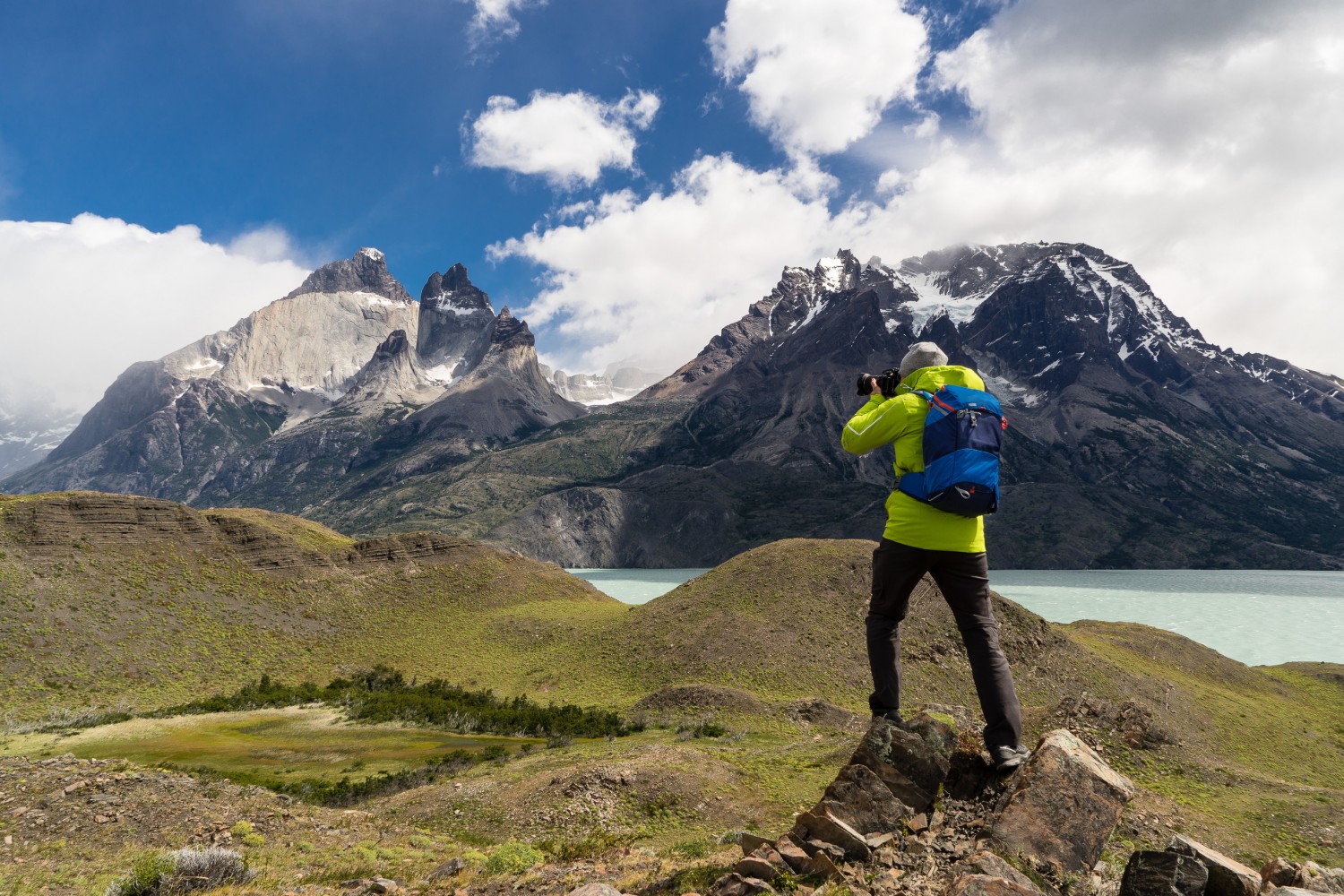Losing data is high on the list of worries for photographers of all levels. For the amateur, it can be a heartbreaking loss of creative work and memories; for the professional, it’s potentially catastrophic.
Unfortunately, it can also be a challenging problem to tackle. There are a dizzying number of options out there, from automatic cloud syncing to Network Attached Storage and RAID arrays, and where you land depends on where your needs intersect with your technical know-how. A lot of people end up with less-than-ideal setups, or worse yet, simply put it off until it’s too late.
Drobo provides a much-needed solution for those who require rock-solid storage without the complexity and time commitment that such setups usually demand. They provide automatically-managed, failure-tolerant storage devices designed to be as easy-to-use and maintain as possible. We took a look at the Drobo 5D3, a Direct Attached Storage device that can hold up to 5 drives, manage single or dual-disk redundancy (or, an extra copy or two of your data on separate disks, in case of failure), and provide fast access to your files over Thunderbolt 3.

The 5D3 is a solid, well-built device with a size and design that is professional and reassuring, while not overwhelming on your desk. Its magnetic cover makes it easy to access the drive bays, and simple front-panel lights let you see the status of your storage at a glance. Setup was relatively painless: I slid in a couple of drives, downloaded the Drobo software, and let it handle the rest. There was a step-by-step guide to follow, but there was really very little to do to get it up-and-running. Just keep in mind that it only ships with a USB-C cable, so if you want to connect this to older USB ports, be sure to have an adapter or appropriate cable on hand.
The 5D3 can take pretty much any drive—there is no need to make sure that your drives match in speed or size, and you can add up to 64TB of capacity. Drobo’s BeyondRAID technology automatically takes care of configuring your drives in the best way possible for one or two drive redundancy. If one of your drives fails, BeyondRAID will automatically reconfigure everything to provide the best protection it can. Need to add more capacity? Just plug in a new drive or replace one of your older ones, and your Drobo will again automatically reconfigure to make use of the new drive, without any downtime or setup work on your end. It’s incredibly convenient and eliminates all of the pain associated with setting up a RAID array yourself, which can be an intimidating process.

The 5D3 is fast, too—not only can you use it to store your files or backups, but you can easily edit photos and 4K/5K video directly off of the device, over its Thunderbolt 3 and USB-C connections. If you need even more speed, you can use the 5D3s Accelerator Bay to add an optional mSATA SSD (solid state drive) to act as a cache in front of your traditional disk drives, letting you take advantage of both the speed of an SSD and the lower cost of HDDs. A 64GB SSD is more than enough to dramatically speed up your storage. Even without using the Accelerator Bay, I had no trouble editing video directly off of the 5D3.
So the question is, should you pick one up? First off, if you don’t have a backup solution for your photos, drop what you’re doing right now and get one set up (well, finish reading this article first). There are plenty of options available, from cloud-based storage to simple external drives that you can copy your files onto. If you want a more comprehensive solution, though, where you can store and work with your files in a single location, without having to worry about managing backups, with fast access, expandable capacity, and direct control over your data, then the Drobo 5D3 is worth a serious look.
Drobo is offering an exclusive discount to the 500px community, so you can try the 5D3 out for yourself! Save 10% on the Drobo 5D3 at www.drobostore.com with the code 500PX.







Leave a reply